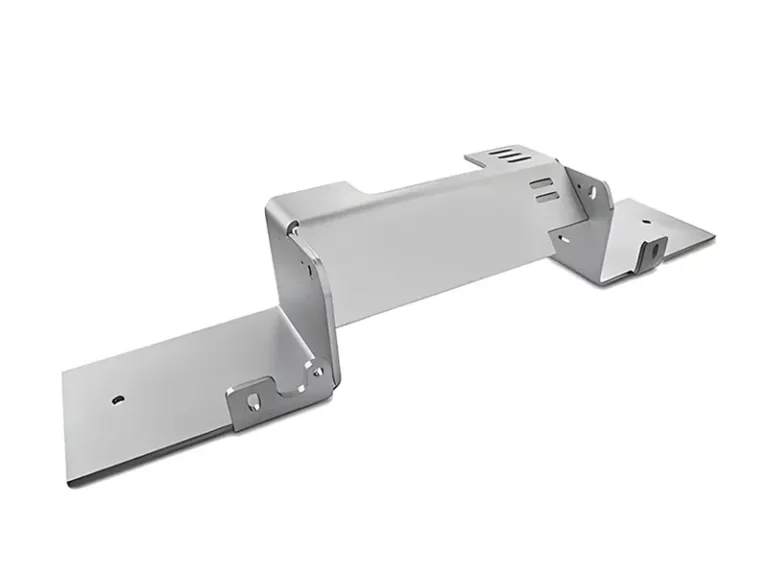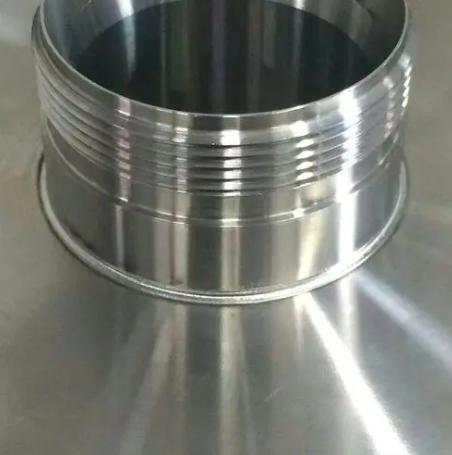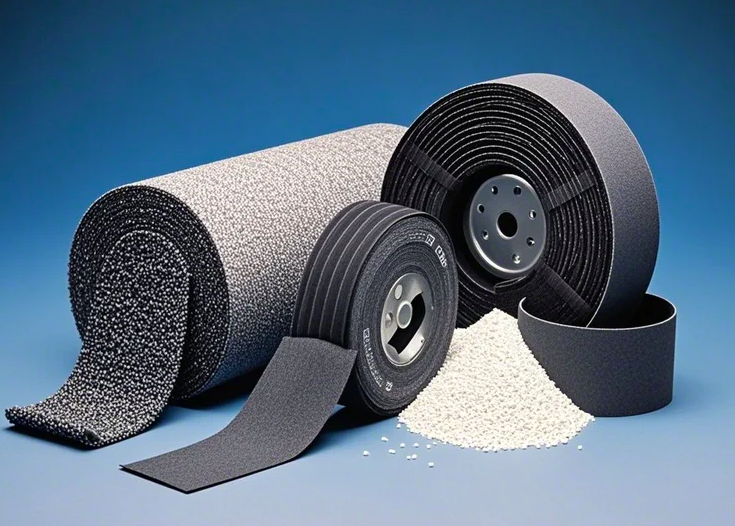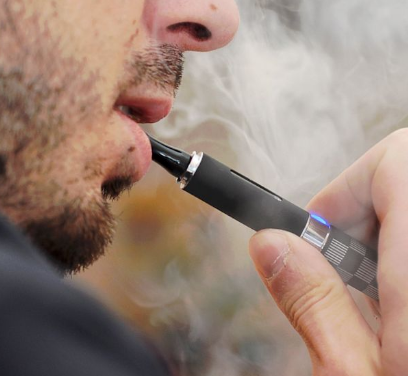The term “color masterbatch” is only descriptive. It’s also broken down into various types of functional products, each with its own set of criteria for pigments. We’ll look at different forms of functional masterbatches today in the stone paper market. Choose your paint color:

(1) The pigments used in heat-resistant products must be able to endure the high temperatures encountered during the manufacturing of polypropylene fibers and maintain their performance stability. Temperature resistance must normally be more than 270°C.
(2) The dispersible masterbatch pigment should have high dispersibility and be equally disseminated. The dispersant utilized should not degrade the quality of polypropylene fiber. Otherwise, high-quality dope-colored fibers are impossible to manufacture. The operation is unstable, and it is easy to shatter or produce aberrant fibers when the fibers are drawn.
(3) The coloring of glossy polypropylene stock solution has a wide range of uses. It’s utilized for bed cover foundation materials and knitted fabrics that demand brilliant colors, among other things. Organic pigments should be utilized for the uses mentioned above because they are brighter and easier to color.
(4) Resistance to light. When exposed to light, some pigments become photosensitive, causing colored fibers to fade and become brittle. When constructing masterbatches, please pay attention to the light resistance of pigments because their chemical structure mostly determines it. If you need to use light-fast pigments, UV absorbers can be added.
(5) Pigments used in stability products must be extremely stable compared to black masterbatch polypropylene fiber. It indicates that the pigment will not react with the fiber when the colored fiber polymer is exposed to heat, light, or high temperatures over an extended period. New chemical groups will form, lowering the polymer’s performance.
The correct masterbatch pigment can be chosen to ensure the finished product’s effect. If the wrong pigment is used, different issues may arise throughout the manufacturing process. This will result in a significant discrepancy between the produced and desired product; thus, the gain is not worth the risk.
0









